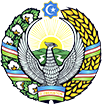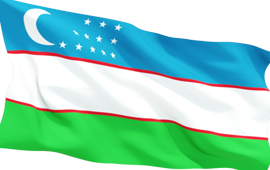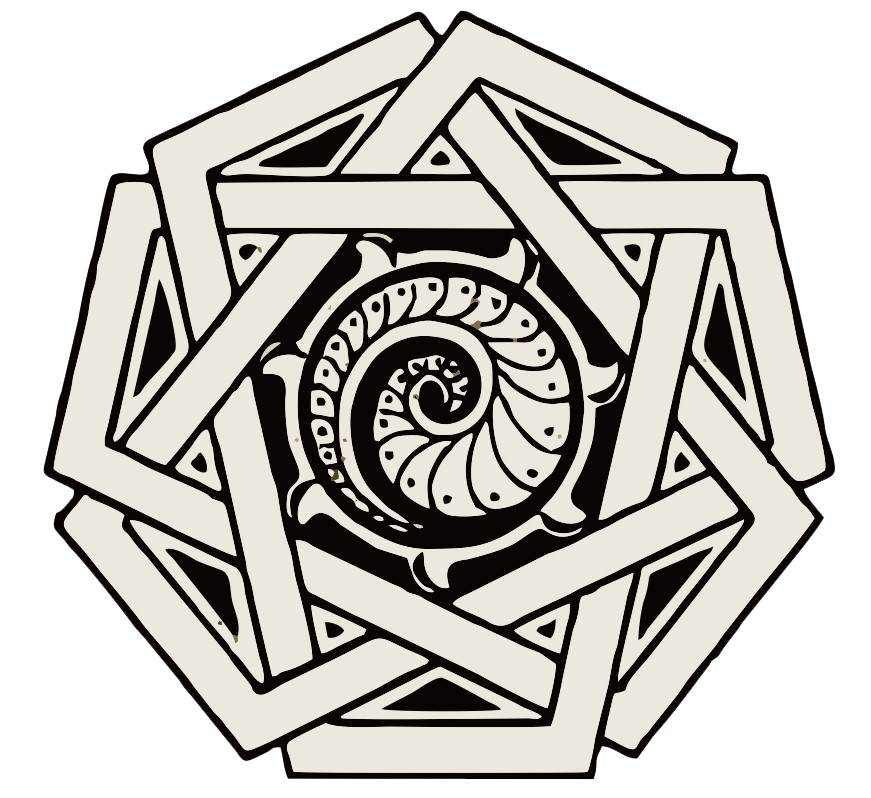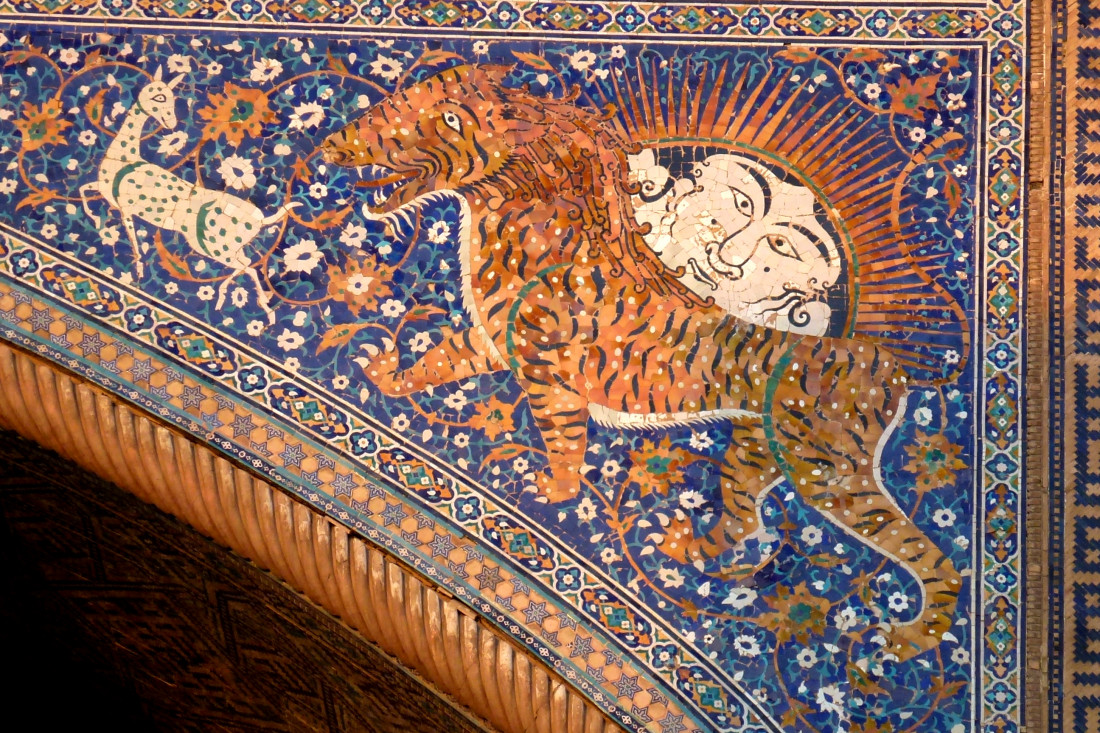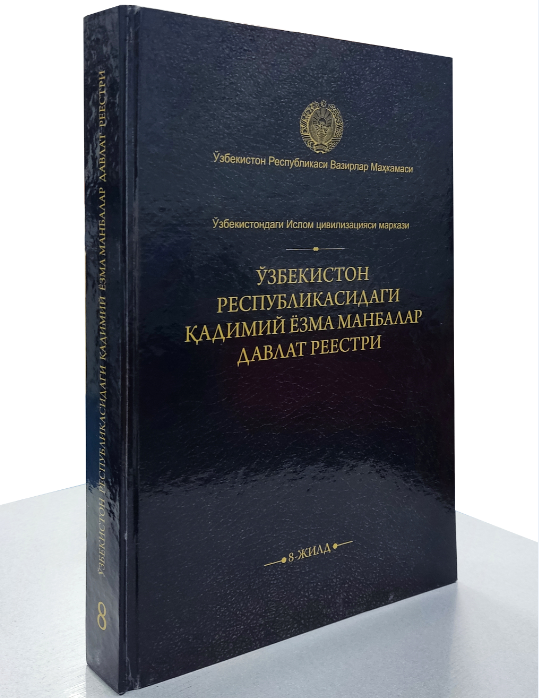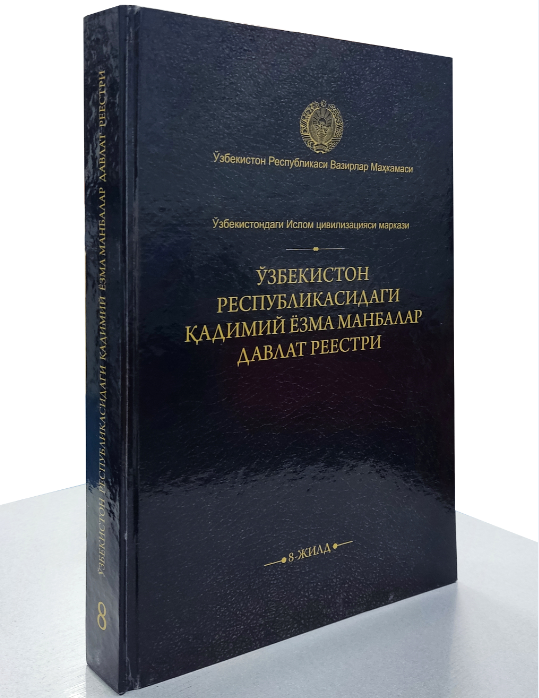In ancient Khorezm, Sogdiana, Bactria, and later during the Turkic Khaganate period, the lion symbolized the ruler’s power and protection of the people.
So, where does this symbol originate?
Actually, this lion is considered a symbol of Samarkand. The lion emblem was brought to Samarkand lands by Iranians, but during the Arab and Turkic periods, it was replaced by the symbol of the leopard (bars).
According to the ancient historian Abusand Ibn Muhammad Idris, when the city of Samarkand was founded, a leopard descended from the Zarafshan mountains and circled the city walls, as if giving its consent for the construction, then returned to its tracks. Since then, the leopard has been considered the symbol of Samarkand. Indeed, the leopard is depicted as the symbol of the people of Samarkand in architecture, sculpture, and craft products. Also, the official coat of arms of the city shows a winged leopard. Its most famous image is located in the Sherdor Madrasa. The word “Sher” (lion) in the name Sherdor is not accidental. The lion with the sun behind it, decorating the madrasa’s portal, symbolizes the ruler. It equates him with the power ruling over earth and sky.
The history of Samarkand is closely connected with the activities of Yalangtosh Bahodir, a prominent representative of the Uzbek noble family of the Ashtarkhanids, in the first half of the 17th century. During his influence, construction works in Samarkand revived. By the direct initiative and order of this enlightened and generous ruler, restoration work was carried out on the ruined Mirzo Ulugbek Madrasa in Registan Square, and two magnificent buildings Sherdor Madrasa (1619–1636) and Tillakori Madrasa-Mosque (1646–1660) were built on the sites of the completely destroyed khanaqah, Mirzoi bathhouse, and caravanserais.
Sherdor Madrasa covers an area of 70 by 57 meters and is rectangular in shape, with a courtyard surrounded by two-storey cells 52 rooms in total. Classrooms are located at the corners of the courtyard. However, there is no mosque in this monument; the southwest classroom serves as a shrine because it is directly adjacent from the outside to the mausoleum of Imam Muhammad ibn Ja’far al-Sadiq.
The minarets and domes on the façade of Sherdor Madrasa resemble those of Ulugbek Madrasa, but the rear façades are decorated with bouquet-like minarets at the corners. By the 17th century, due to the rise of cultural soil layers, the ground level had risen by almost two meters compared to the original 15th-century surface. This is why Ulugbek Madrasa appears somewhat lower and shortened.
During the construction of Sherdor Madrasa, many innovations characteristic of 17th-century architecture were applied, using advanced and cost-saving methods that sped up construction. Although the artistic power of decorations somewhat decreased, the colors were used skillfully, and some panels were executed with great finesse, testifying to the high mastery of the architects and painters who created this monument.
Patterns cover the entire surface of the building including chok, large hand-drawn sulus, kufic inscriptions, and floral motifs combined in a style unique to Samarkand monuments, forming the basis of the Samarkand architectural decoration school.
A striking symbol above the large portal arch is a reddish-golden lion chasing a white deer (ohun). The sun is depicted in an almond-shaped circle with deer-like eyes, its face bordered with golden light.
The entire composition is painted on a deep blue background, using turquoise and golden paints, with intertwined shoots and blooming white flowers. Because of this marvelous image, the madrasa received the name Sherdor “possessing lions.” In classical Muslim astronomy, the sun’s presence in the Leo (Asad) constellation, i.e., the Lion, signifies a lucky and auspicious time.
According to abjad numerology, the names Yalangtosh (816) and Bahodir (212) sum to 1028 in the Hijri calendar, corresponding to the Gregorian year 1619, when the construction of the madrasa began.
The decorative design of the courtyard is as rich and diverse as the outer walls. The walls bear inscriptions by the famous architects master Abdu Jabbor and the tile maker Avaz Samarkandi.
About Sherdor Madrasa by Mahmudhoja Behbudi
This grand madrasa was built during the reign of Imamquli Khan, one of the rulers of Turkestan, by the commander and governor of Samarkand, Abdulkarim Yalangtosh Bahodir.
Yalangtosh Bahodir, a military leader of Samarkand, conquered Khorasan and Mashhad, bringing property and spoils from there, which he used to build the Sherdor and Tillakori madrasas in Samarkand. These madrasas were richly decorated inside and outside with Chinese glazed tiles (mulavi koshi), many of which look as if created by master craftsmen and artists of today.
Historical records state that the interior and western parts of Sherdor Madrasa are adorned with glazed tiles featuring poetic inscriptions. The facade and main portal of Sherdor Madrasa face west towards the Mirzo Ulugbek Kuroghoni Madrasa and are constructed directly opposite each other. The distance between them is about one hundred arshins, with a wide stone-paved square called Registan between them.
Registan is a large thoroughfare running from north to south; on its northern edge lie the two mentioned madrasas, opposite the Tillakori Madrasa. Sherdor Madrasa measures 82 arshins from west to east, 95 arshins from north to south, occupying a total of 779 square arshins of land.
The inner courtyard of Sherdor Madrasa measures 54 arshins from west to east, 52 arshins from north to south, with an area of 2808 square arshins, paved with marble tiles. Around the courtyard are cells and four large iwans (arcades). The total area of the building including ancillary structures is 4910 square arshins.
The madrasa is two-storied, containing 64 cells, two large classrooms, and four large covered galleries. On the exterior facade of the main portal, on either side of the mihrab, are two opposing lions made of glazed tiles painted in lion color. Because of this depiction, the madrasa is called “Sherdor,” meaning “having lions.” The lion imagery is well known to this day. There are no images elsewhere on the madrasa or minarets; most inscriptions verses from the Quran, hadiths, and historical epitaphs are written in glazed tile mosaics and marble.
The minarets and domes are decorated with multicolored glazed tiles in Arabic, Iranian, and Indian styles, executed with great delicacy. Though about four centuries old, the tiles reflect sunlight and moonlight, dazzling the eyes.
To reach the top of the minaret, one climbs 56 steps. From the minaret’s summit, one can view the emerald gardens of Samarkand, the flowing rivers, straight and branching roads, and the city itself with its pure and beautiful air.
Under this sacred dome, mausoleum, and minarets rest and are immortalized historical and religious heroes of the past.
In the “Era of Khanates” exhibition at the Center of Islamic Civilization in Uzbekistan, constructed under the President’s initiative, a model of Registan Square is planned to be displayed.
